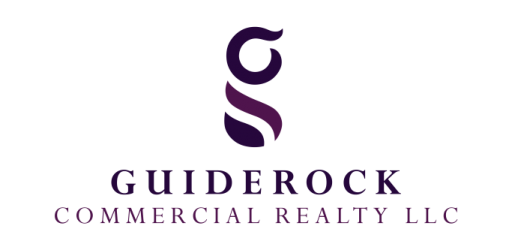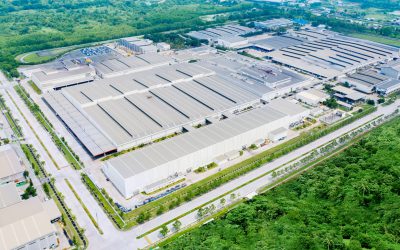As economic conditions have changed over the past year, our team has heard from more companies interested in sale-leaseback deals. As we wrote previously, the main mechanism under a sale-leaseback is a business cashing out real estate equity for other purposes. In the current economy with higher interest rates, here’s what you need to know about sale-leaseback deals.
More than the Interest Rate
We all know that interest rates skyrocketed in late 2022 and into the first part of this year. In terms of business loans, that’s only one piece of the puzzle. Banks are also taking a harder look at the loan applications they receive. As the Federal Reserve Bank of Kansas City reported in June 2023, credit standards have also tightened over the past several quarters across a variety of loan terms. This means that banks are taking a more conservative approach to lending, which can limit financing options for business owners.
Poised for Opportunity
The lending environment is often a reason a business will sell its real estate and lease it back, but sometimes there are other reasons. For example, we were recently involved in a transaction where the seller had purchased another competing business and was continuing the operations but did not want to hold the asset. Instead, the seller wanted to sell the real estate and use the cash to pay down debt, improve their balance sheet, and position themselves for future acquisitions. In this case, having reserves available for future opportunities was more important than owning real estate.
What to Expect in the Lease
The leaseback part of a sale-leaseback involves, as you might expect, a lease between the seller (which becomes the tenant after the sale closes) and the buyer. The lease agreement will most likely be a long-term lease. A longer term provides stability to both the seller and buyer by committing to the business operations staying in the building being sold.
Oftentimes the seller already has an idea of what rental rate they want to pay under the lease. The lease rate should be relevant to current market conditions and the expected sale price. As with any lease, though, the expected lease rate may be influenced by other factors, such as requests for early termination options or first rights of refusal on future sale of the property.
As the tenant, the seller will also typically remain liable for all maintenance and repairs for the property during the lease term, as well as all costs for insurance and real estate taxes (a net lease). The lease will include provisions for proper upkeep to maintain the value and viability of the real estate asset for the new owner, though often the seller will retain full control of decisions regarding the property’s physical components.
Taking the Next Step
Our advisors have expertise in both commercial real estate sales and leasing and are uniquely able to help unlock the financial potential of your property. Please give us a call or contact us online to schedule a free consultation with one of our agents today.




